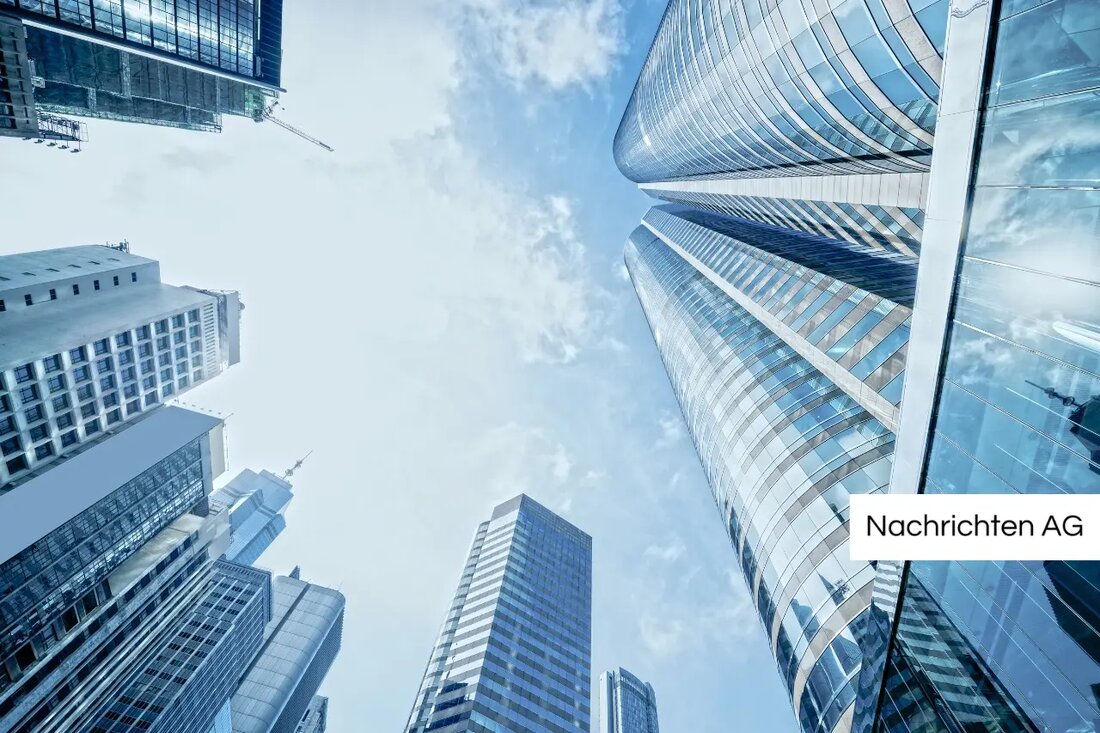Discover the magic of the German Wine Route in the heart of the Palatinate!
Discover the magic of the German Wine Route in the heart of the Palatinate!
The German Wine Route in Rhineland-Palatinate is not only the oldest tourist road in Germany, but also an important goal for wine lovers and nature lovers. Every year she attracts numerous visitors who are fascinated by the unique landscape of vineyards, hills and picturesque villages. This tourist road represents a connection between history, nature and enjoyment and extends over around 85 kilometers, starting at the German grate in Schweigen-Rechtenbach and ending in the house of the Deutsche Weinstraße in Bockenheim. The region is characterized by an almost Mediterranean climate that favors the cultivation of vines, figs and exotic plants such as kiwis and palm trees.
The German Wine Route, inaugurated in 1935, runs along a gentle hill on the eastern edge of the Palatinate Forest and offers impressive views of the Rhine level. This landscape idyll is not only ideal for wine growing, but also for various tourist activities. With over 1,800 hours of sunshine a year, the region is a hotspot for wine tourism that is becoming increasingly important - not only in Germany, but also in other European countries.
wine tourism in the region
wine tourism includes tourist stays in wine regions that focus on wine -related activities. The highlights of wine tourism on the German Wine Route include numerous wine festivals that take place from spring to autumn. Particularly noteworthy are the Dürkheim sausage market, the German wine reading festival in Neustadt and the festival of the Federweißen in Landau. These events not only promote local wine trade, but also attract numerous tourists.
In addition, special events also take place in the region, such as the Gimmeldinger almond blossom festival, which is held annually to celebrate the flowering almond trees in spring. In addition to these festivals, the Weinstraße offers a variety of options for bike tours and hiking. In parallel to the wine road, a bike path leads, and hiking friends can explore the picturesque landscape on the 170 -kilometer Palatinate Weinsteig.
the economic importance
wine tourism plays an essential role in the region's economy. According to a study, there were around 75,000 jobs in wine tourism in Germany in 2019. Around 50 million tourists visit the German wine -growing regions every year, which corresponds to sales of 5.5 billion euros per year. The importance of this industry is growing, especially in view of the structural changes in viticulture.
The number of winegrowers has declined in recent decades, and larger managed areas are now dominating the landscape. Therefore, regional profiling through wine products has been considered necessary to ensure existence protection and additional sources of income for the winemakers.
The German Wine Route is not only a popular tourist goal, but also a cultural icon that is deeply rooted in the history of the region. Their development was supported, among other things, by the National Socialists in the 1930s to promote wine trade and tourism. Since then, the road has developed into a symbol for the Palatinate Lifestyle, not least because of the traditionally used dubbilitation geles, which hold half a liter.
With its combination of breathtaking landscape, rich history and lively events, the German Wine Route is an outstanding example of successful wine tourism in Germany. According to Merkur she remains one of the most attractive travel destinations for everyone who is interested in wine and the underlying culture.
In summary, it can be said that the German wine road is not only worth a trip, but also a significant part of regional identity and economic stability in Rhineland-Palatinate. The attraction of this historical route is shown in the variety of culinary experiences, cultural events and the warm hospitality of the people on site.| Details | |
|---|---|
| Quellen | |


Kommentare (0)